What the critics are saying about Alice: Curiouser and Curiouser at the V&A
Make no mistake: this is a ‘stupendous’ show, says The Observer
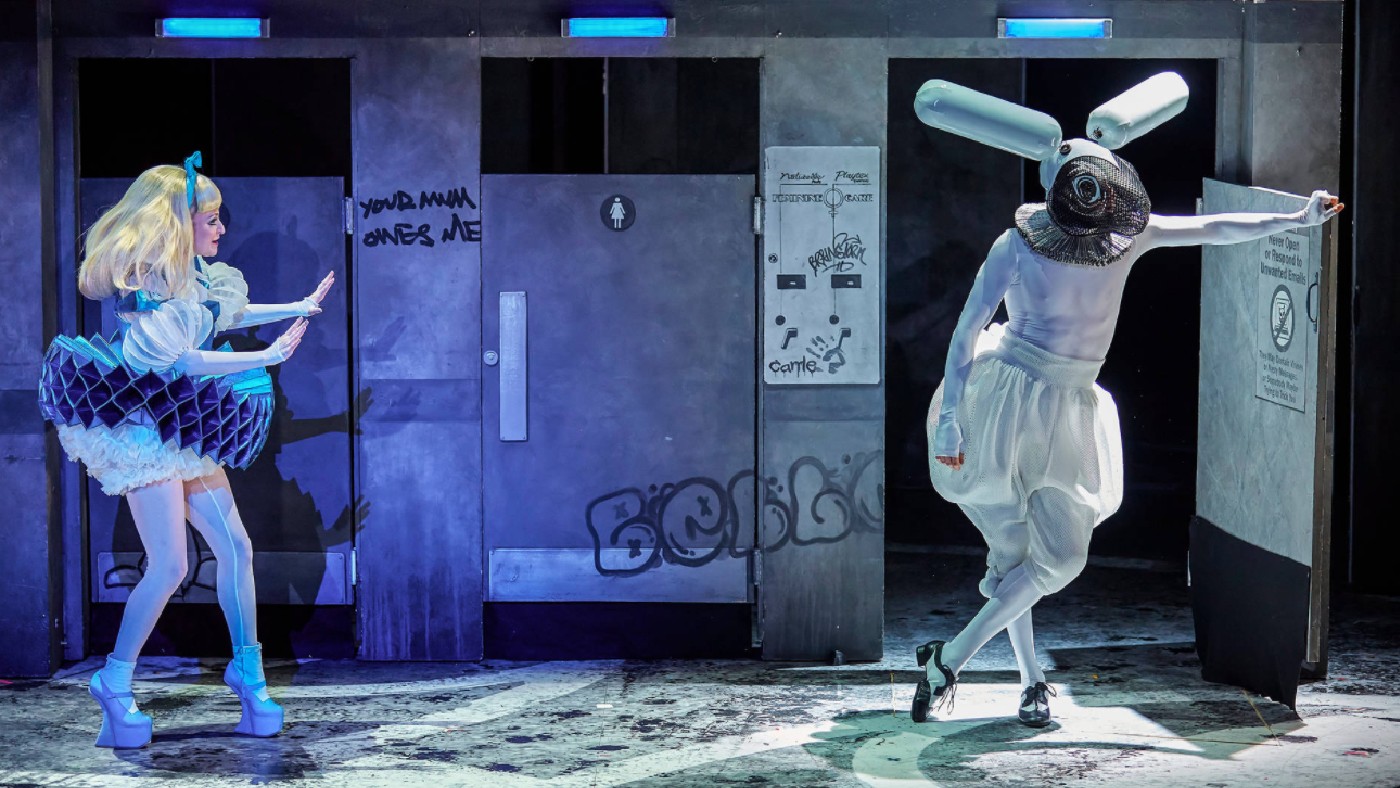
Few children’s books have lodged themselves in “the global imagination” quite as enduringly as Alice in Wonderland, said Laura Cumming in The Observer. Since it was first published in 1865, the novel has had a profound influence on everything “from theatre and cinema to maths and physics; its madcap lexicon of invented words has cemented itself into the English language; and it has given us the archetypes of the Mad Hatter, the Cheshire Cat and the Red Queen.
The V&A’s enthralling exhibition takes the visitor on “three separate journeys in one”: there is an exploration of how a mathematician at Oxford University “came to write Alice’s Adventures in Wonderland; the voyage of his startlingly original fiction out into the world; and a tremendous recreation of Alice’s rabbit-hole adventures in the form of a labyrinthine show”.
In the course of this, we are confronted with a dazzling array of exhibits, including the notebook in which Lewis Carroll – real name Charles Lutwidge Dodgson – wrote down his stories; and the various artworks they have inspired over the past 150 years. Make no mistake: this is a “stupendous” event.
The Week
Escape your echo chamber. Get the facts behind the news, plus analysis from multiple perspectives.

Sign up for The Week's Free Newsletters
From our morning news briefing to a weekly Good News Newsletter, get the best of The Week delivered directly to your inbox.
From our morning news briefing to a weekly Good News Newsletter, get the best of The Week delivered directly to your inbox.

After a brief section that explains the Victorian context from which Alice sprang, the show plunges the visitor into “a semi-immersive wonderland of cultural reinventions”, said Claire Allfree in The Daily Telegraph. Everywhere you look, images of Alice are repurposed to fit the agenda of their times – and if the show teaches us anything, it is that “there is no cultural form that cannot appropriate her”.
There are dozens of wonderful exhibits here: an extract from Jonathan Miller’s “droll, desolate” TV adaptation from 1966 is a particular highlight, while cartoonist John Tenniel’s original illustrations for the story remain as “magnificent” as ever.
It’s just a shame these exhibits are not better presented. The links between Carroll’s work and the phenomena it inspired are barely explained: we learn that surrealists like Max Ernst and Dorothea Tanning “adored” his books, but little about how they affected them. Later, we are told that CERN has named an experiment after Alice; it’s a fascinating detail, but “no attempt is made to elaborate” on it.
Yet none of this detracts from the show, said Rachel Campbell-Johnston in The Times. In fact, it seemed to me that the weird presentation cleaves faithfully to the spirit of the book, with sections linked by vast chequerboards, halls of mirrors, video projections and “psychedelic corridors”.
A free daily email with the biggest news stories of the day – and the best features from TheWeek.com
Along the way, we are given a concise summary of the “origins, adaptations and reinventions” of the story. We see the character reinterpreted in Russian theatre productions, Japanese manga comics and in a “sexually liberated” performance by the artist Yayoi Kusama, staged as a protest against the Vietnam War. There is even a section devoted to cooking, for which Heston Blumenthal has made his own version of mock-turtle soup.
Perhaps most engaging of all are the real-life representations of Alice herself: Alice Liddell, the ten-year-old schoolgirl who inspired Carroll’s stories, is pictured as a child, and later on as a young woman, in an image by the pioneering photographer Julia Margaret Cameron. Their inclusion roots Carroll’s absurdist masterpiece in reality, and adds to the wonder of a “mesmerising” exhibition.
-
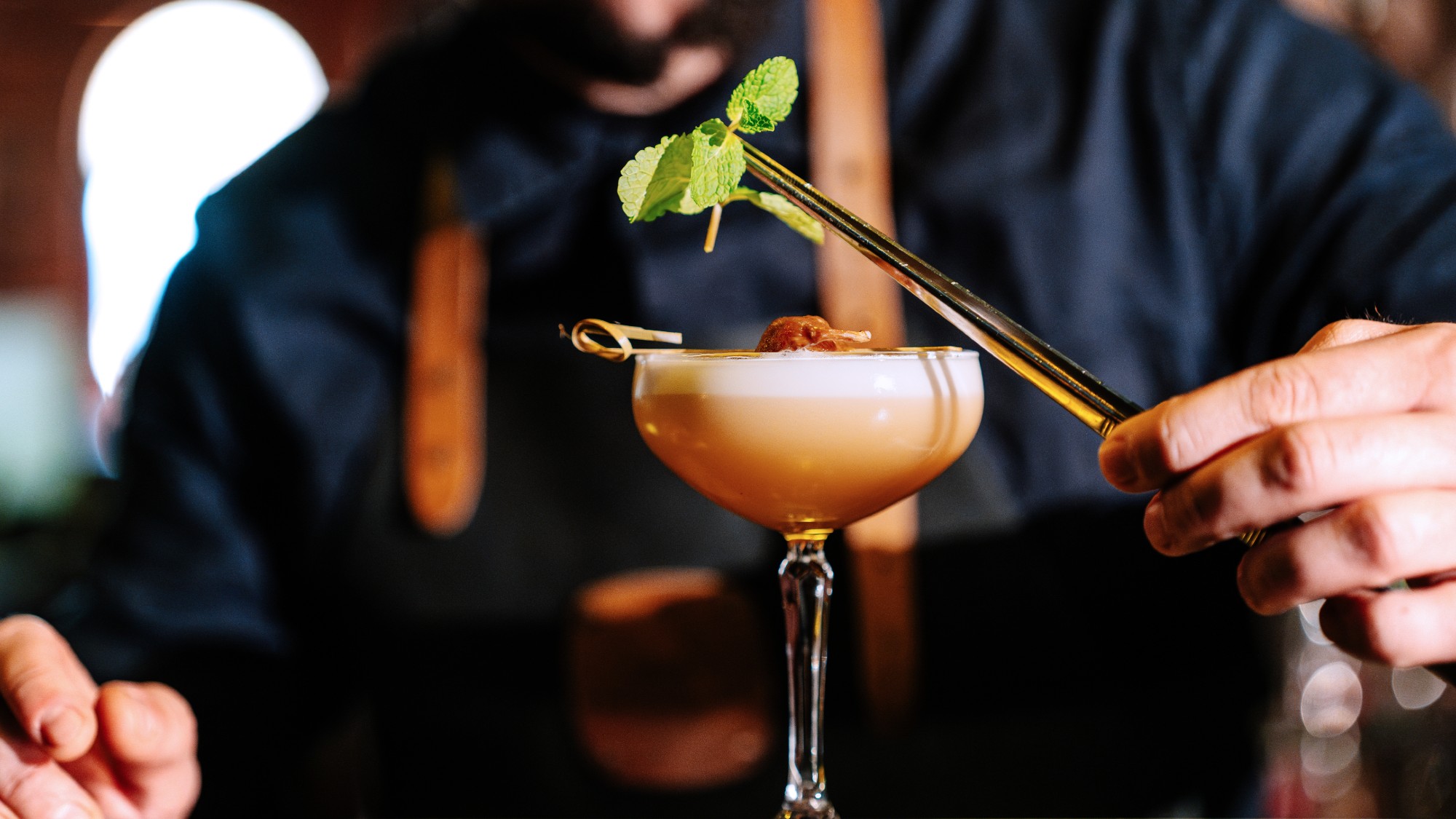 7 bars with comforting cocktails and great hospitality
7 bars with comforting cocktails and great hospitalitythe week recommends Winter is a fine time for going out and drinking up
-
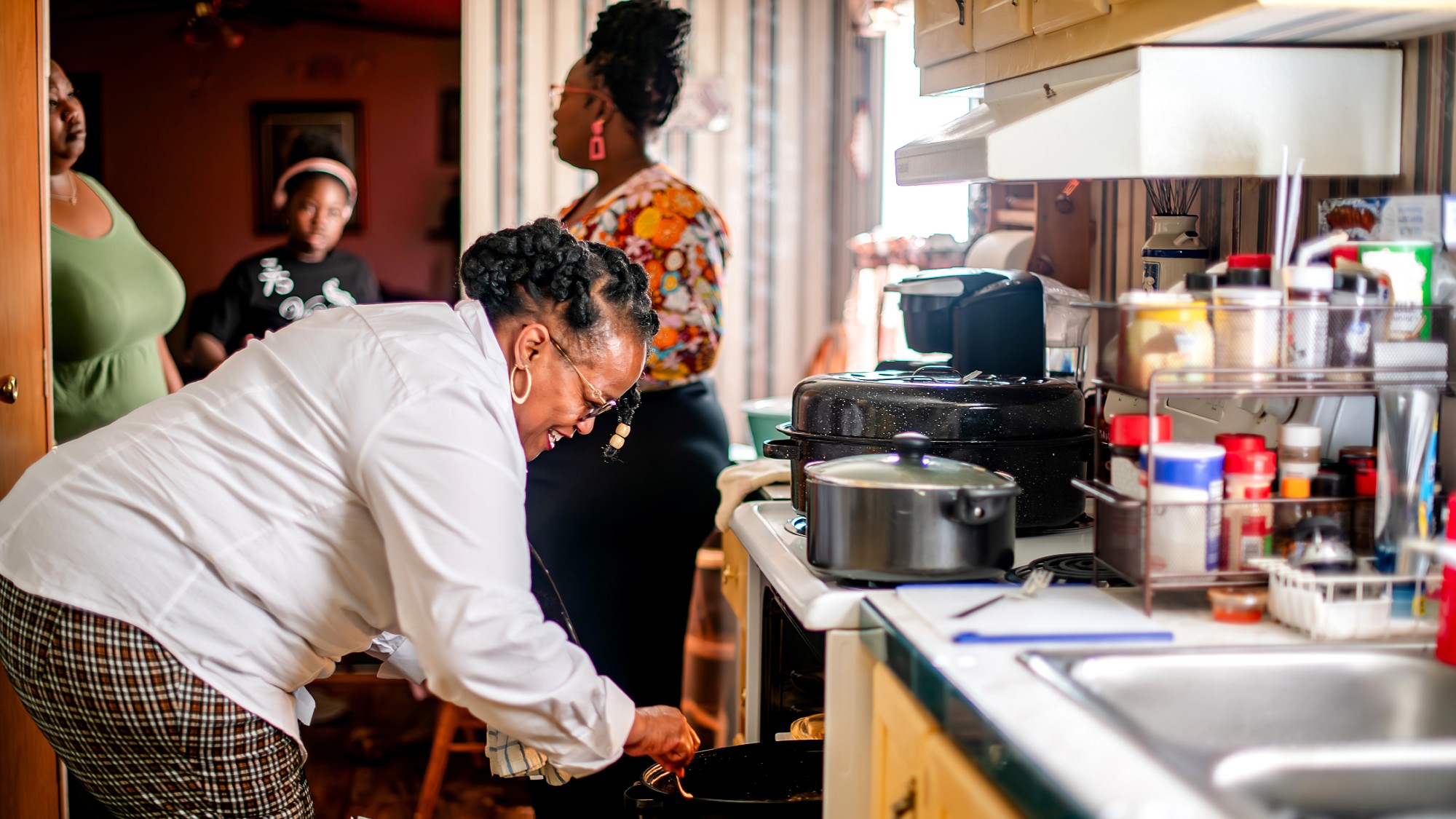 7 recipes that meet you wherever you are during winter
7 recipes that meet you wherever you are during winterthe week recommends Low-key January and decadent holiday eating are all accounted for
-
 Nine best TV shows of the year
Nine best TV shows of the yearThe Week Recommends From Adolescence to Amandaland
-
 Nine best TV shows of the year
Nine best TV shows of the yearThe Week Recommends From Adolescence to Amandaland
-
 Winter holidays in the snow and sun
Winter holidays in the snow and sunThe Week Recommends Escape the dark, cold days with the perfect getaway
-
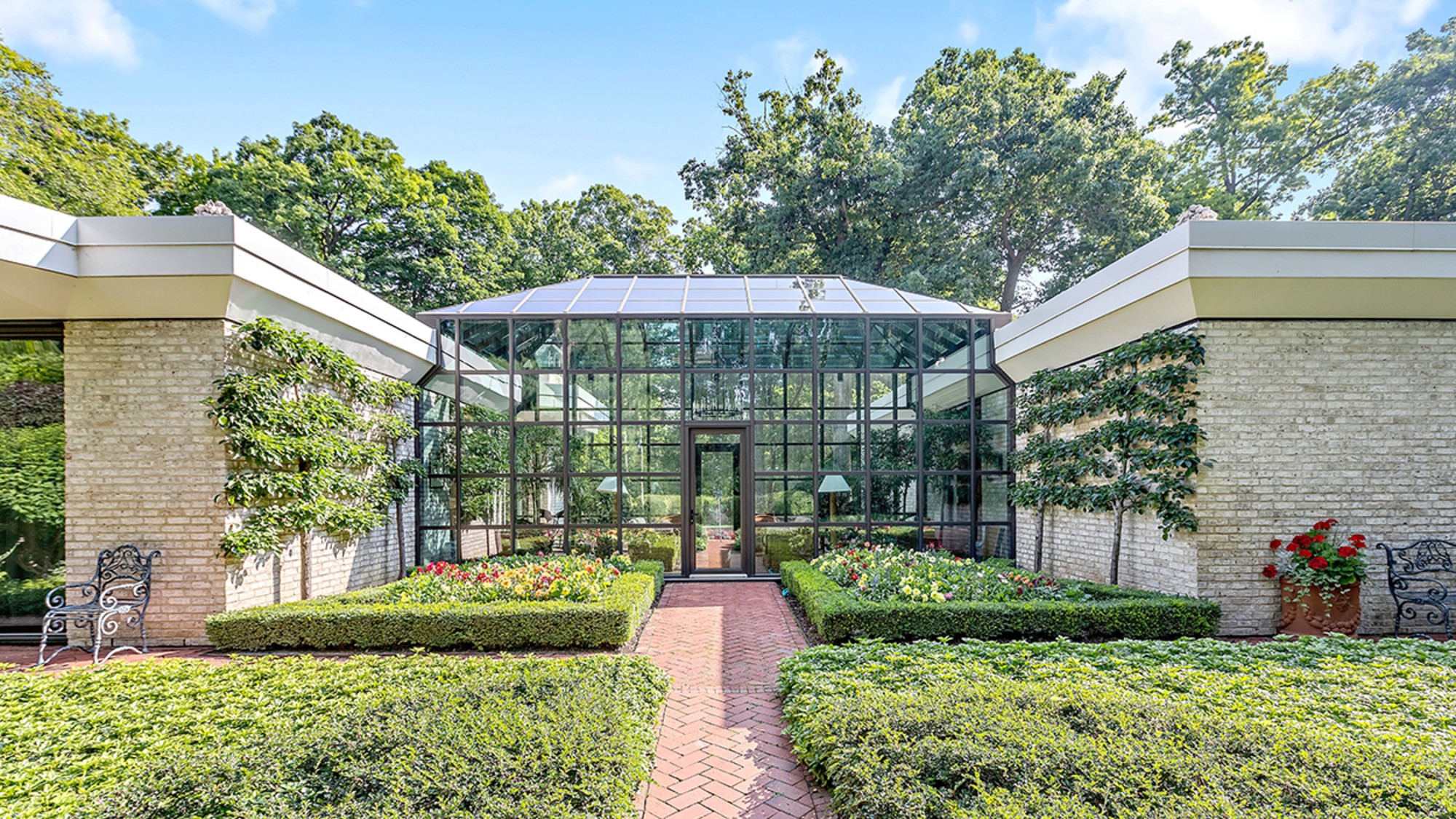 The best homes of the year
The best homes of the yearFeature Featuring a former helicopter engine repair workshop in Washington, D.C. and high-rise living in San Francisco
-
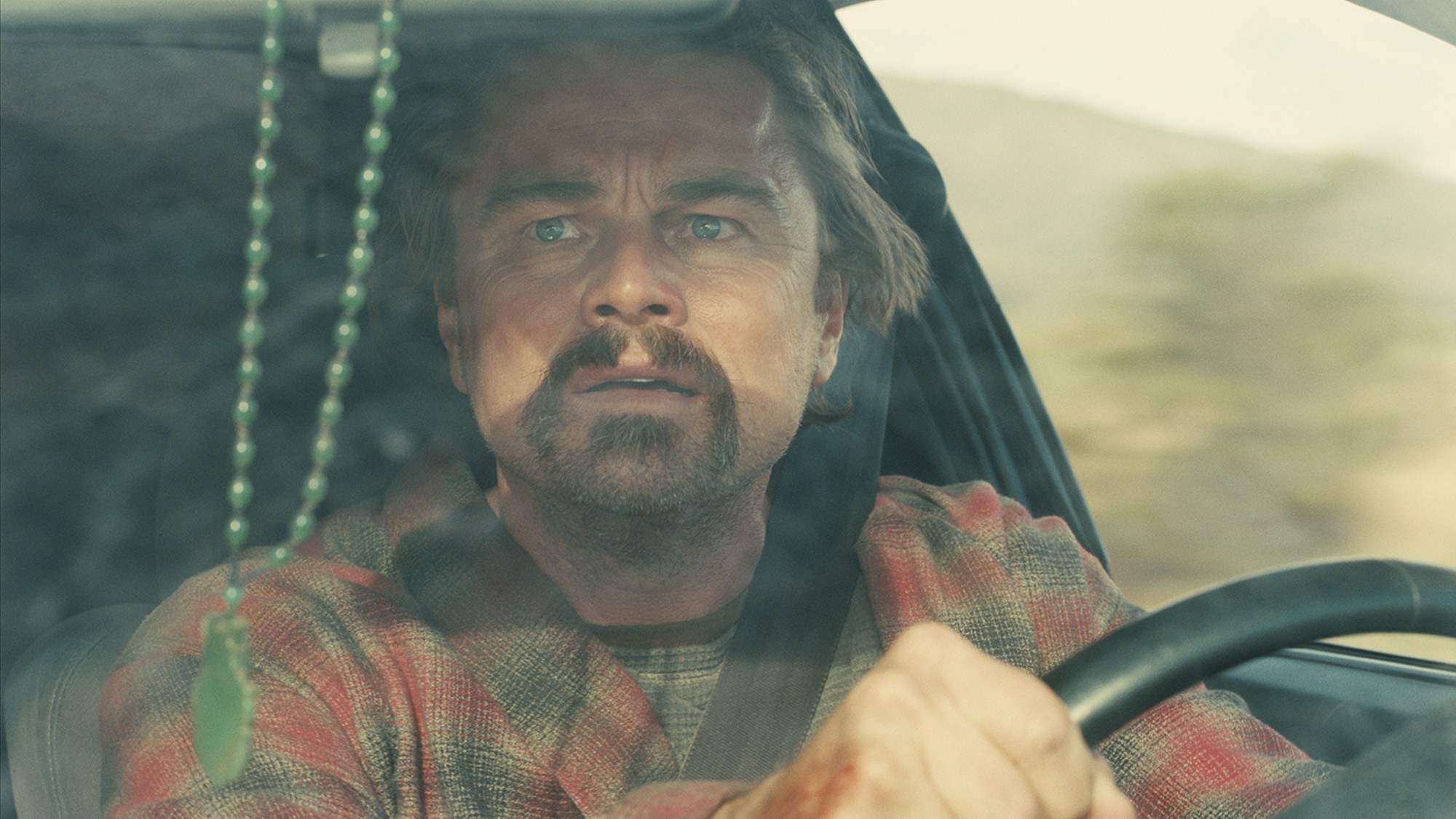 Critics’ choice: The year’s top 10 movies
Critics’ choice: The year’s top 10 moviesFeature ‘One Battle After Another’ and ‘It Was Just an Accident’ stand out
-
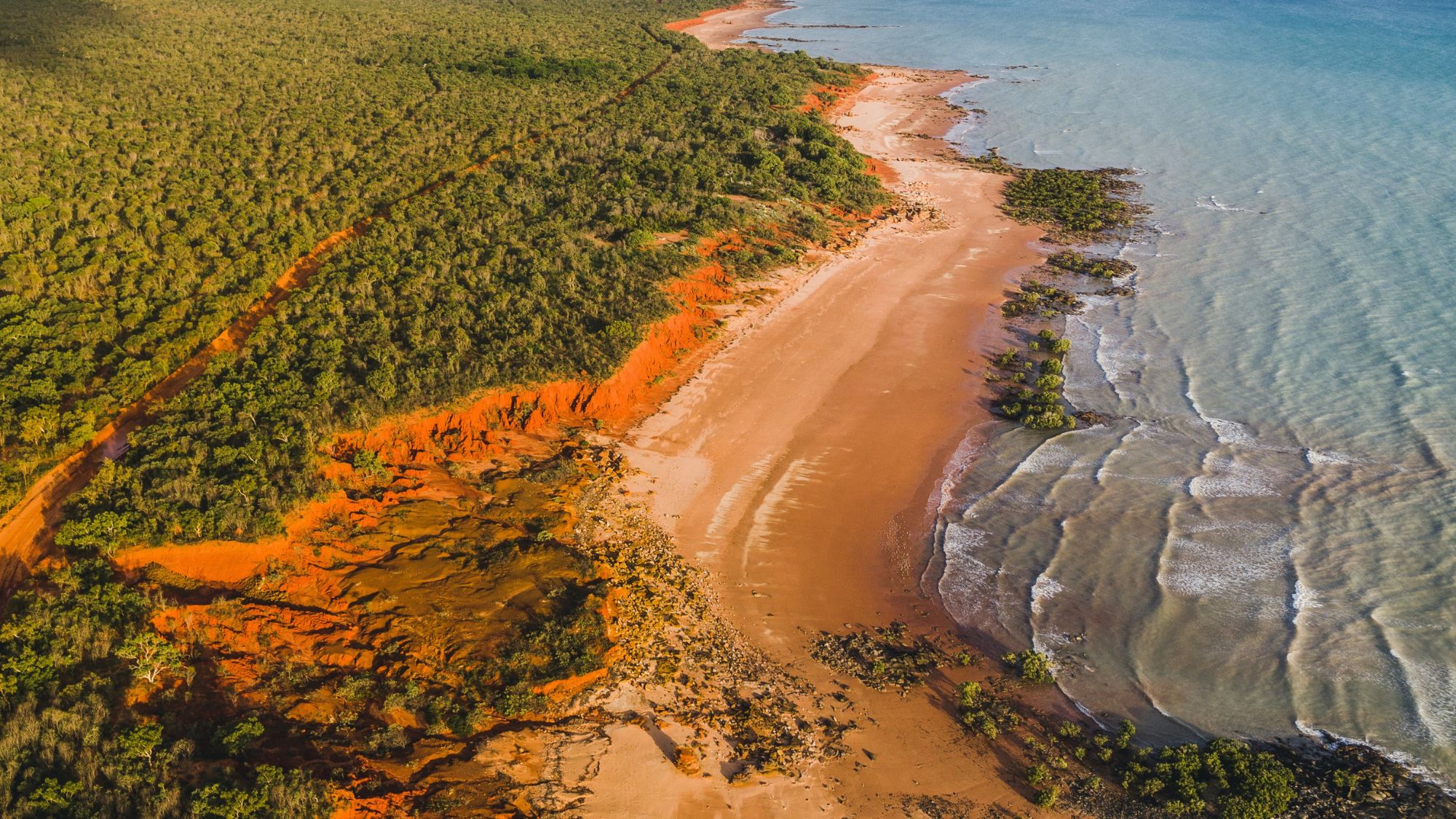 A luxury walking tour in Western Australia
A luxury walking tour in Western AustraliaThe Week Recommends Walk through an ‘ancient forest’ and listen to the ‘gentle hushing’ of the upper canopy
-
 Joanna Trollope: novelist who had a No. 1 bestseller with The Rector’s Wife
Joanna Trollope: novelist who had a No. 1 bestseller with The Rector’s WifeIn the Spotlight Trollope found fame with intelligent novels about the dramas and dilemmas of modern women
-
 Appetites now: 2025 in food trends
Appetites now: 2025 in food trendsFeature From dining alone to matcha mania to milk’s comeback
-
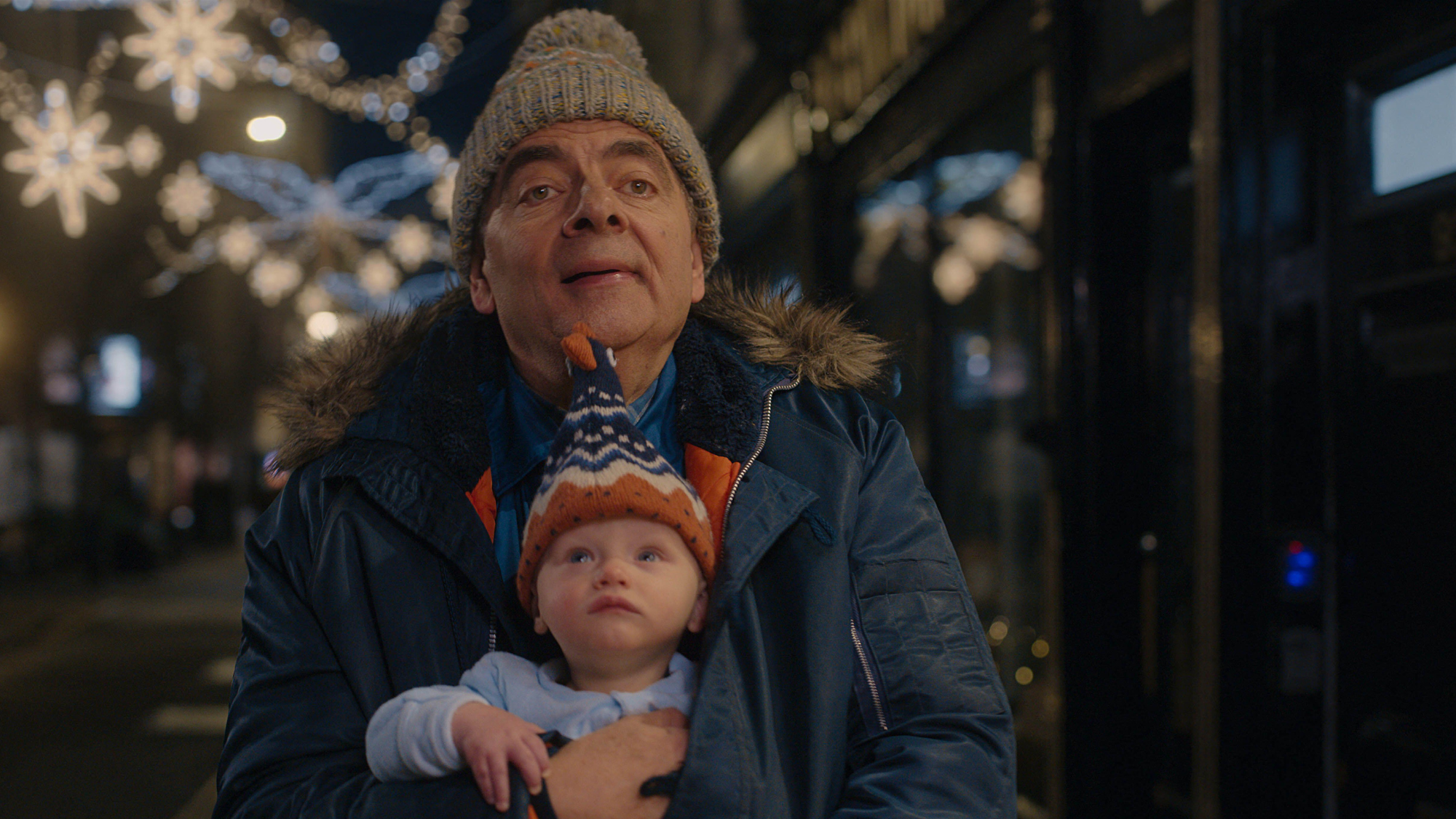 Man vs Baby: Rowan Atkinson stars in an accidental adoption comedy
Man vs Baby: Rowan Atkinson stars in an accidental adoption comedyTalking Point Sequel to Man vs Bee is ‘nauseatingly schmaltzy’